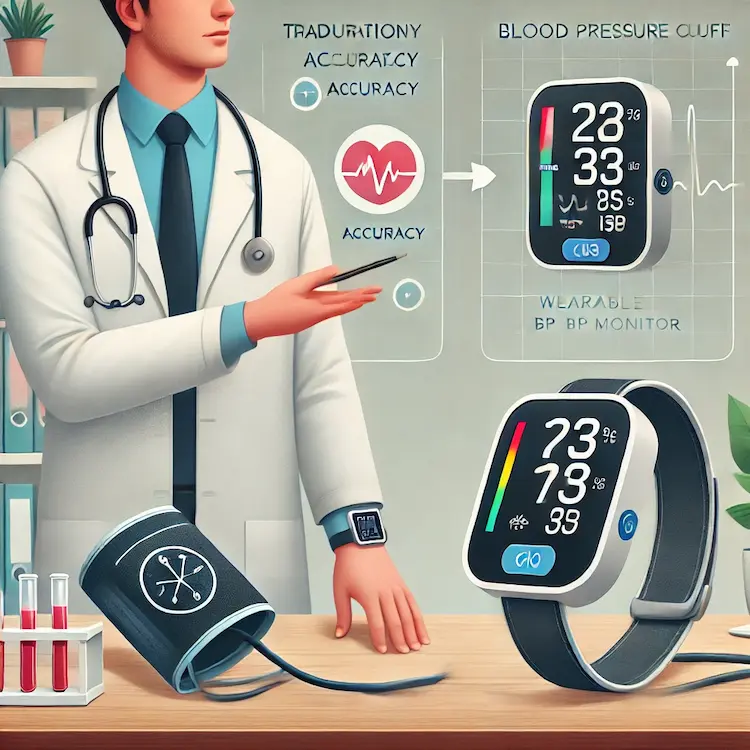Wearable technology has revolutionized healthcare, offering non-invasive, real-time health monitoring. Devices like smartwatches and fitness bands with integrated blood pressure monitors enable users to track their health conveniently. For Filipinos, where cardiovascular diseases are the leading cause of mortality, such technology can help identify and manage health risks early.
Blood pressure monitoring is vital in a country like the Philippines, where hypertension affects 28% of adults. Regular monitoring helps prevent complications such as strokes, heart attacks, and kidney damage. Wearable devices democratize access to these insights, making them particularly impactful in rural areas with limited healthcare infrastructure.
Modern wearable devices use oscillometric or optical sensors to estimate blood pressure. These tools integrate artificial intelligence (AI) and machine learning (ML) algorithms to provide accurate readings. Popular devices include:
These devices are often paired with smartphone apps that store, analyze, and provide actionable insights into health trends over time.

| Method | Advantages | Disadvantages | Suitability for Filipinos |
|---|---|---|---|
| Manual Sphygmomanometer | High accuracy, widely trusted | Requires training, time-consuming | Suitable in clinics and hospitals |
| Digital BP Monitors | Easy to use, widely available | Bulky, not portable | Useful for home-based monitoring |
| Wearable Devices | Real-time tracking, portable, convenient | May have accuracy limitations | Ideal for tech-savvy users and busy lifestyles |
Wearable technology excels in portability and convenience, which aligns with the busy urban lifestyles of many Filipinos. However, accuracy concerns and cost barriers can pose challenges.
As the Philippines continues to adopt smart healthcare, the demand for wearables is expected to grow. Innovations like cuffless BP monitors and AI-driven insights will make these devices even more user-friendly and accessible. Collaborations between tech companies and government health programs could further enhance affordability and distribution in underserved areas.